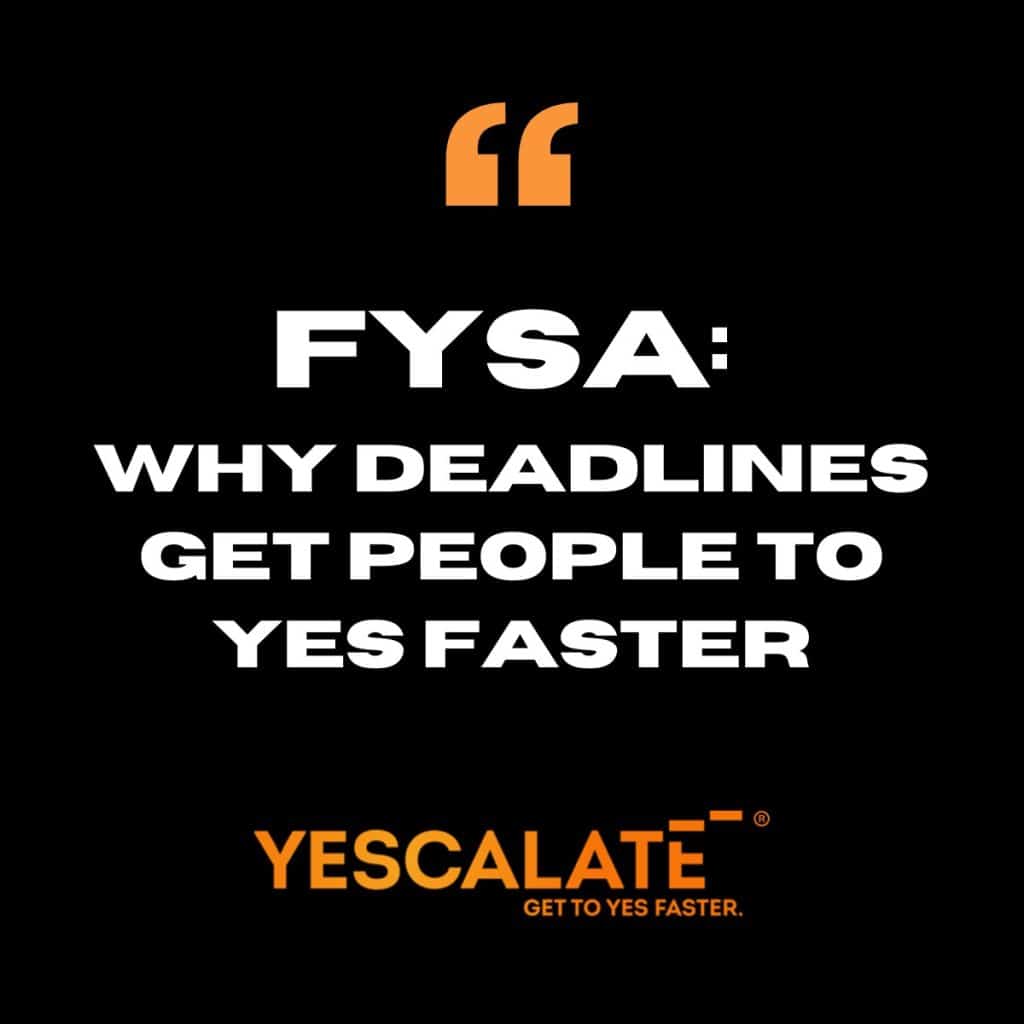SCIENTIST: “Don’t ever run from wolves.”
DEAN: “Their response will disappoint you.”
Biologists know something about wolves’ brains that is consistent with what Psychologists know about human’s brains: we are what we are.
Our brains are wired to respond to stimuli in specific ways.
Scientists who study wolves are clear on this: no matter what you do, you can’t eliminate a wolf’s predatory instinct… a wolf is a wolf.
No matter how much you play with them and feed them as babies (what scientist call “socialization”) that wolf is not ever going to be a dog.
So, unless you want to be disappointed by wolves’ behavior (like that part where they try to eat you) there are certain things you should not do around them:
Never look ’em in the eye
Never run from them
Never pretend to chase them
And never go into a pen with them if you are sick or injured;
Because… yup… wolves.
If wolves perceive you as weak and/or attempting to flee its bad news for you. Specifically, if you trigger the wolves “rush response” you are screwed. (Not the scientific term, but stay with me.)
It’s like this: to survive in the wild, where many of the prey it feeds on are faster than the wolf, “the rush” is the most critical stage of the hunt; if the wolf doesn’t catch you quickly the wolf may never catch you.
This doesn’t make the wolf bad.
It makes the wolf a wolf.
And its why wolves have survived this long: they run in packs, corner animals that are bigger and faster than them, and kill them in a “rush”.
That is their nature.
About 2,000 years ago Marcus Aurelius (Roman Emperor and Stoic Philosopher) wrote the same thing about the behavior of people– to quote from his Meditations loosely, if you don’t want to be disappointed in people’s behavior first ask this question:
“What is their nature?” For they can be no other way.
Today scientists who study human behavior are clear on this as well: humans have natural responses to stimuli. While more complex than the “rush response” of wolves, humans have predictable trigger responses.
I teach a summary course to CEOs and their Teams on the triggers the human brain uses to make decisions – if you understand these triggers you can help people say YES to you faster in an honest and ethical way.
And if you don’t understand them, you are making it harder for people to SAY YES to you– worse, you might be triggering responses that disappoint you, responses like “No” or “I need to think about it.”
Psychologists call these triggers “cognitive biases“ and they have documented more than 188 of them, but for today let’s call them “brain rushes”.
There are ten primary human triggers I summarize in my workshops-
with Exercises, Tips and Tools I have customized over the last 25 years for Teams to help you GET TO YES FASTER® with people…
These triggers are as critical to our species survival as the “rush response” is to wolves’ survival.
Let’s review three of these in brief: I refer to these triggers as ALPHA>DELTA>VIDEO:
ALPHA (Greek for “first” and “primary”), we are triggered first and foremost by “anything about us“– because we are focused on our own personal survival;
DELTA (Greek for “change” and “difference”), we are triggered by “any change in our environment”– because any difference might be dangerous;
VIDEO (Latin verb meaning “to see” as well as “to understand”), and info gets to our brain faster through our eyes then through the other four senses;
Humans survive because we see and understand / danger coming / at us.
That is our nature.
People process visuals up to 30 times faster than they process words.
How can you and your Team apply this tip today to your attempts to influence and persuade people both inside and outside of your firm?
…with clients, vendors, Team Members… anyone you need to get to yes with?




